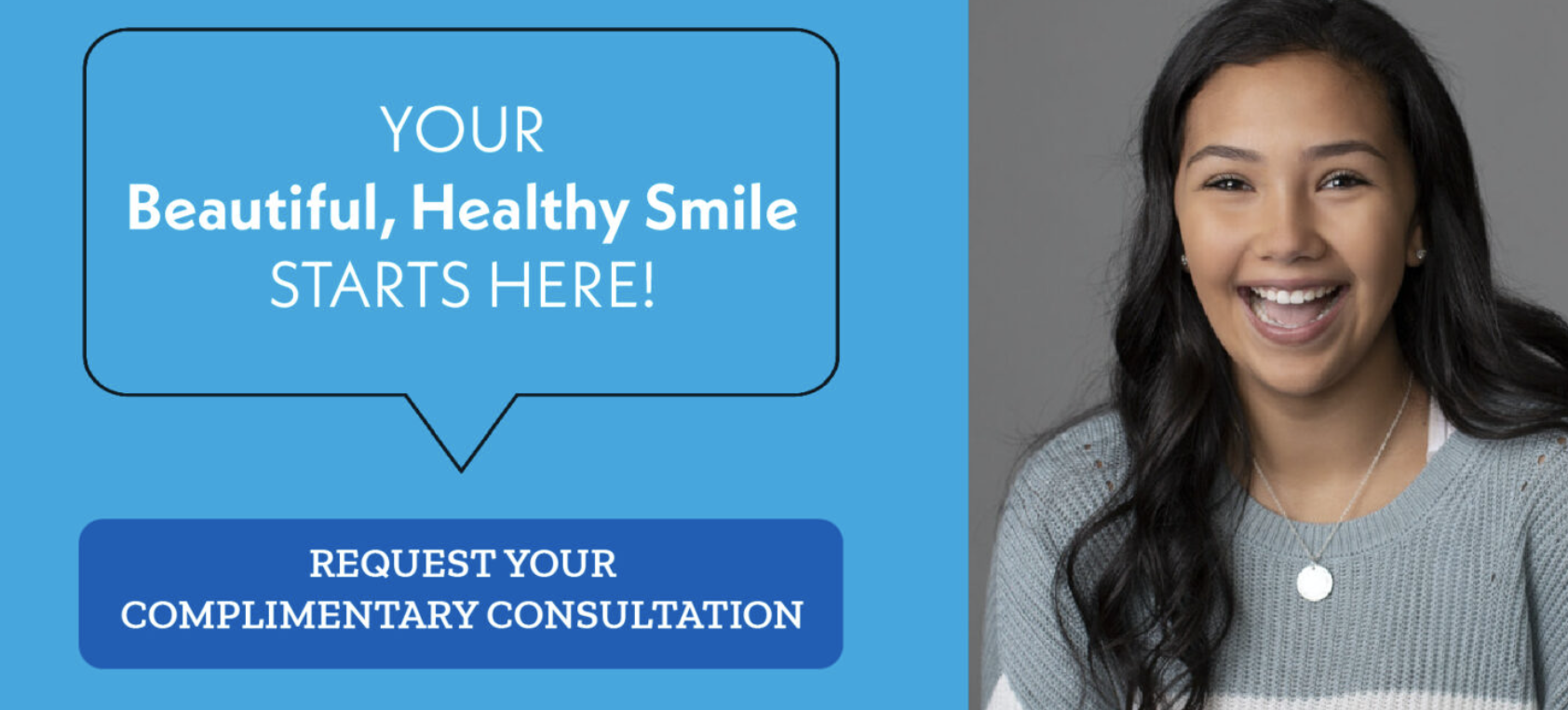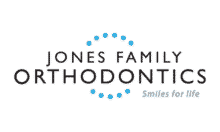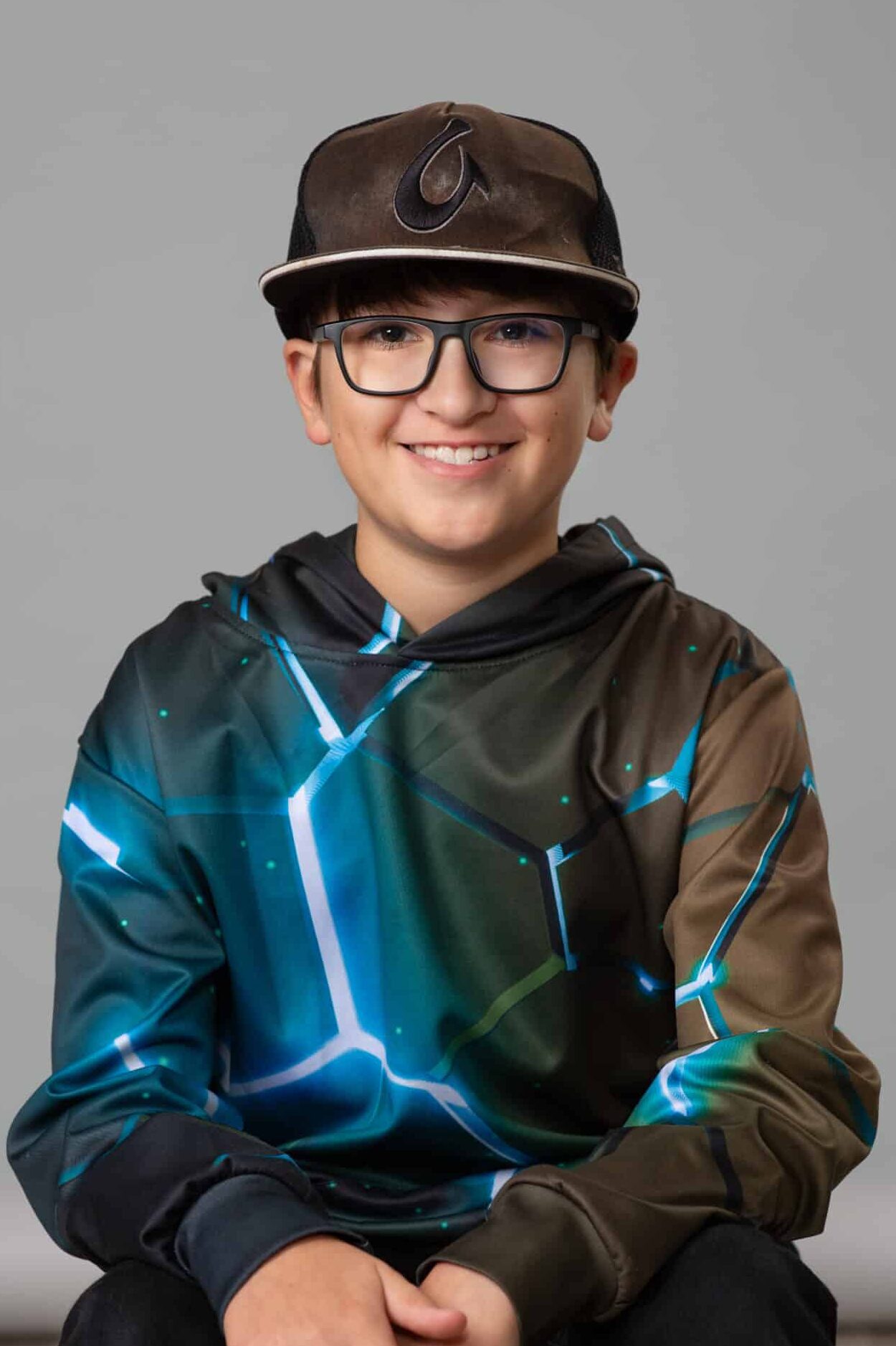EARLY TREATMENT

BUILDING THE FOUNDATION OF A BEAUTIFUL SMILE BY CORRECTING ORTHODONTIC PROBLEMS EARLY
Receiving early treatment can significantly benefit the development of your child’s teeth and mouth, as well as influence their future oral health.
The American Association of Orthodontists recommends that most children should have an orthodontic screening by age 7. At this age, an orthodontist can spot subtle problems with jaw growth and emerging teeth while some baby teeth are still present. Some orthodontic problems may be easier to correct if they are found early. If your children are ready for an orthodontic consultation, call us today to begin monitoring your child’s oral development.
What Age Should A Child See An Orthodontist?
The right age to begin orthodontic treatment depends on the nature of the problem. Some problems, such as crossbites, over-developed or under-developed jaws, and impacted teeth, are best treated at an early age. For this reason, the American Association of Orthodontists recommends an orthodontic evaluation for children at age 7. This does not mean that many 7-year-olds will need early treatment, but it is best to identify problems that may be developing, so the proper timing and treatment can be discussed, which allows orthodontic treatment to be as efficient and effective as possible. Some problems, if not addressed early, can become much more difficult to treat later on, and in some instances more complicated dental or surgical procedures can be avoided if orthodontic intervention is begun at the proper time. If you notice any of the following, your child should see an orthodontist sooner:
Why Early Treatment?
Early treatment can help guide erupting teeth into a more favorable position, preserve space for permanent teeth, and reduce the likelihood of fracturing protruded front teeth. Starting orthodontic treatment at an earlier age can help with many dental issues, including regulating the width of the upper and lower dental arches, creating space for permanent teeth, and reducing the likelihood of impacted permanent teeth.
Is Early Treatment Necessary?
Early treatment does not necessarily benefit all children. Some orthodontic issues can be more easily and efficiently corrected in the teen years when all the permanent teeth have erupted. Some skeletal orthodontic problems should not be addressed until growth is more advanced or completed. Dr. Jones will develop a treatment plan based on each child’s needs.
If My Child Has Early Treatment, Will They Need Braces?
Early treatment can begin correcting significant problems, prevent more severe problems from developing, and simplify future treatment. Because all of the permanent teeth have not yet erupted when Phase I treatment is performed, their final alignment may not have been corrected. Typically, a shortened comprehensive phase of treatment (Phase II – full braces) in the teen years, after all the permanent teeth have erupted, completes the correction. Sometimes, further orthodontic treatment may not be indicated.
Advantages Of Early Treatment for Kids
Early orthodontic treatment and care helps create a healthy smile and builds confidence, too. If your children are ready for an orthodontic consultation, call us today to begin monitoring your child’s oral development.
Examples Of Early Orthodontic Treatment
Separators are little rubber doughnuts that may be placed between your teeth to push them apart so that orthodontic bands may be placed during your next appointment. The separators will be removed before we place the bands. Separators can become dislodged with sticky foods or with toothpicks and floss. If they do become dislodged, please call the office so that they can be replaced before the next appointment.
Reverse headgear is used for patients with underbite tendencies. This headgear encourages forward growth of the upper jaw. Typically worn 12 hours each night, reverse headgear is typically used for young patients while modification of facial growth is still possible.
Headgear is used to treat patients whose teeth are in an “overbite,” (with the upper teeth and jaw forward of the lower). Headgear works by holding the upper jaw and teeth in place while the lower jaw grows forward. Headgear is typically worn 12 hours each night.
Wondering how to add orthodontic spacers while at home? Grab your spacer, and some floss, and check out this video for step-by-step instructions from your Jones Family Orthodontic team.
Maxillary Palatal Expander with Braces
How to Turn an Expander
How to Place an Expander
A palatal expander is a custom-made device that fits across the roof of the mouth, and widens the upper jaw by providing gentle pressure each time an adjustment is made. The device has two halves that can be gradually expanded over time using scheduled turns. While not every patient will require an expander, it can be used to widen the upper jaw, align the bite and make room for permanent teeth. To manually turn the expander, place the expander key into its designated slot and turn as directed by Dr Jones. When you achieve the desired expansion, you will wear the appliance for several months to solidify the expansion and to prevent relapse. Download our palate expander turn card to help keep track of your turns.




